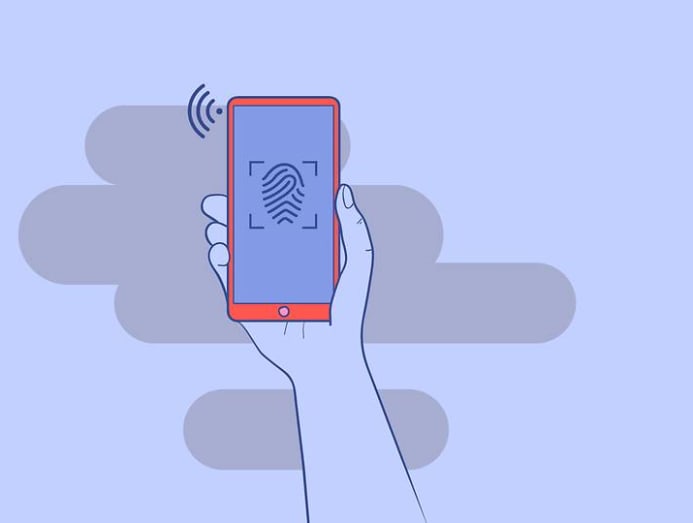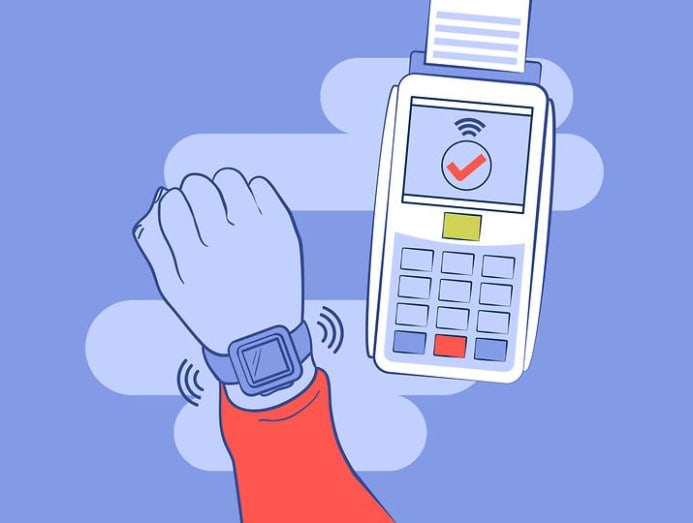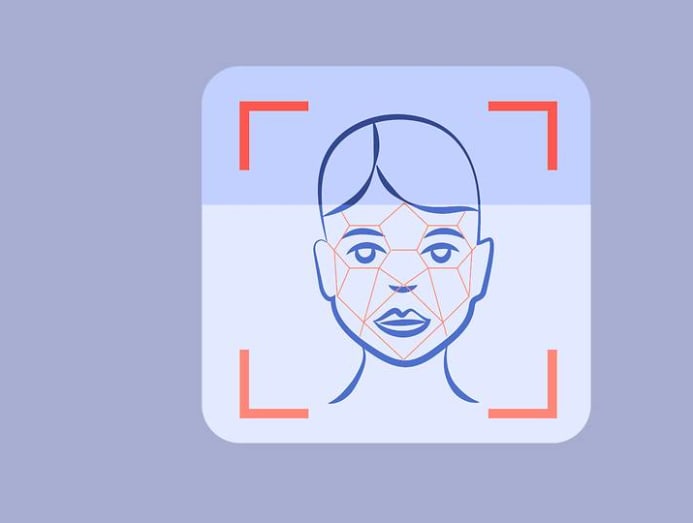From early adopter to e-payment paradise: Singapore can lead the world
Singapore's position at the forefront of digital financial technologies is not a recent thing, though today information technology'due south better-placed than ever.
It became an early adopter in digital payments xxx years ago, with the launch of automated bill payment services similar the Full general Interbank Recurring Order (GIRO).
And then, in the early on nineties, its train network began supporting digitised monetary transactions with stored-value fare cards. Innovations in transit, parking and toll payments like EZLink have followed.
And for consumers, digital payment solutions similar VISA and Mastercard take developed a dense network in the country, making it easier for them to pay without worrying about having to deport wads of coin.
READ> For rock stars, athletes and tech bros, vintage watches are the new bitcoin
CASH IS (STILL) Rex
Yet in spite of all these innovations, cash is still rex here. Even every bit belatedly as 2015, ATM withdrawals were only worth about lx per cent of electronic payments – a low figure compared to other developed countries.
The fact is that older technologies still serve their purpose so well in Singapore that it has get more difficult to innovate new and better greenbacks-complimentary solutions that accept been sweeping the world.
For instance, many of the places where Singaporeans make minor, daily purchases, like hawker centres, still predominantly deal with money. Efforts take been made to encourage hawkers to adopt east-payment systems, but this is happening only very slowly. That is because in that location is no compelling reason for these greenbacks-heavy businesses to mend what they don't think needs fixing.
READ> These next-generation Singapore hawkers gave upwards cushy jobs to pursue their dreams
THE BENEFITS OF E-PAYMENTS SYSTEMS

Before adopting an eastward-payments system, they must first be convinced of its benefits. These include greater productivity, more security, seamless transactions and strong user demand.
The government is too pushing cashless transactions, aiming to make the country cheque-complimentary past 2025. In that location is no shortage of services designed to supercede coins and notes. Singapore uses a number of mobile-based payment platforms, such as Nuance and GrabPay, which began to appear in 2014.
Another service, peer-to-peer money transfer solution PayNow, was launched in 2017, allowing users to ship payments via their mobile phones without requiring bank account details.
Though mobile-based payments have gained in popularity, Singapore has been a little belatedly to the party compared to other countries – non to the lowest degree digitised payment behemothic Cathay.
But the dramatic ascension of wallet providers that invite users to scan barcodes at the annals has led to confusion for many consumers. Indeed, vendors and customers accept both reported they prefer to apply greenbacks than to navigate all the barcode stickers at the point of sale.
READ> Why e-commerce will never completely replace brick-and-mortar shopping
SINGAPORE'Southward FIRST UNIVERSAL QR
Last September, financial government launched Singapore's starting time universal QR, in a bid to make things easier for Singaporeans. This service helps vendors use a single QR code for payment from any of their favourite wallet apps.
Though this system withal has room for improvement in terms of penetration, Singapore might now be communicable upwardly with other countries. I believe we are at present ready for our next leap into some truly futuristic forms of payment.
WEARABLES AS DIGITAL PAYMENT

Already in use are wearables that are more than convenient and secure than using a concrete contactless carte. On the horizon, consumers will be able to go as far equally making payments using facial and voice recognition, besides as their biometric information.
Wearables similar smartwatches integrate with popular wallets such as Apple Pay, Google Pay and Nuance through NFC or near-field communication.
Apple Pay, which works through Apple Lookout, was launched in Singapore in 2016. EZLink has also created specialised fettle bands that work in a similar way to its cards. I come across huge potential in this approach, especially as the big-scale adoption of wearables has not yet happened.
READ> Here's why the talk almost wearables and way has gone very, very quiet

Meanwhile, facial recognition is destined to modify everything from policing to making payments at the local grocery store, though it will be another year or two before it enters the mainstream.
Similar to facial recognition, voice recognition is likewise becoming accurate enough to identify individuals. Fingerprint recognition is thoroughly tested and perhaps safer than facial and voice recognition. It will also be the virtually user-friendly method to make payments as it requires neither a bill of fare nor a device to work.
With each stride in Singapore's journey towards an electric economy, consumers have typically been enjoying better security and more seamless transactions. As these benefits go more than widespread and persuasive to shoppers and vendors, demand for electronic payments is only leap to increase.
READ> Fearful of data breaches? Here are 4 ways to be IoT Smart with your connected devices
Source: https://cnalifestyle.channelnewsasia.com/experiences/singapore-can-lead-the-world-in-e-payments-226601
Belum ada Komentar untuk "From early adopter to e-payment paradise: Singapore can lead the world"
Posting Komentar